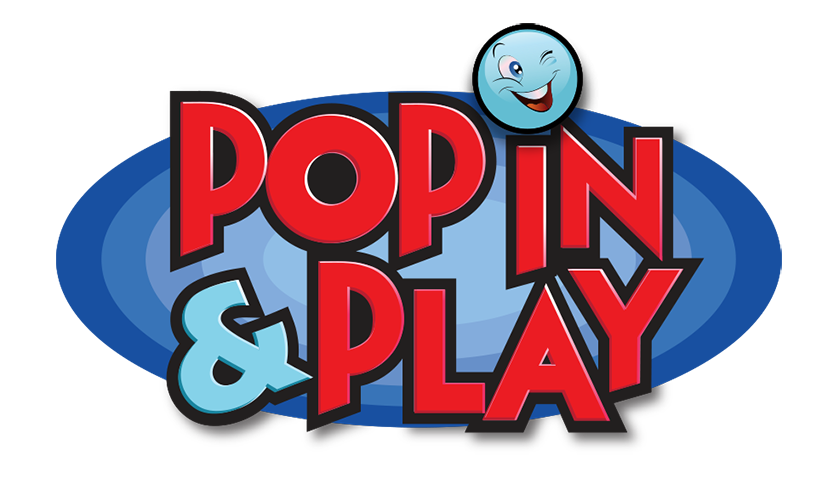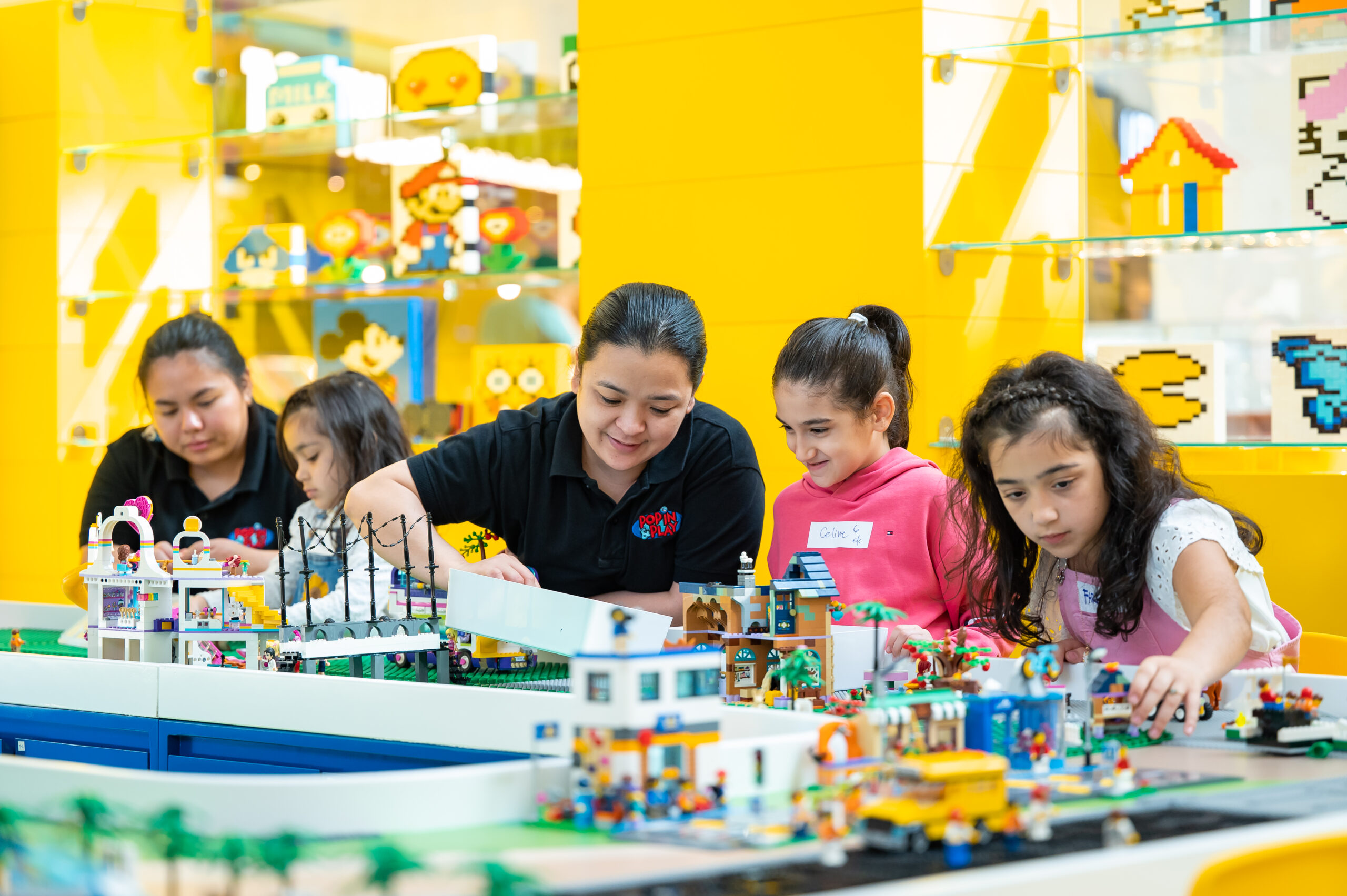In a rapidly changing world, the ability to solve problems is a crucial skill that children need to develop from an early age. Problem-solving isn’t just about finding solutions to puzzles; it’s about fostering critical thinking, creativity, and adaptability. One surprising tool that is gaining recognition for its role in nurturing problem-solving skills is LEGO. These iconic building blocks are more than just a fun pastime; they are stepping stones to success in a child’s cognitive development. Let’s explore how LEGO helps children develop these essential problem-solving skills.
1. Encouraging Creativity and Imagination
One of the fundamental ways LEGO promotes problem-solving skills is by encouraging creativity and imagination. When children play with LEGO, they are presented with a blank canvas and an assortment of colorful bricks. They must envision what they want to build, plan how to construct it, and then execute their ideas. This process nurtures creativity and allows them to think outside the box when faced with challenges.
2. Hands-On Learning
LEGO is a hands-on learning tool that engages multiple senses. When children handle the bricks, they are not only visualizing their creations but also physically building them. This tactile experience provides valuable sensory input and enhances spatial awareness, helping children better understand the physical world around them. It also teaches them that learning and problem-solving can be fun and interactive.
3. Trial and Error
Problem-solving often involves a fair amount of trial and error. LEGO provides an ideal platform for this. Children can experiment with different brick combinations, structures, and designs. When something doesn’t work as expected, they learn to adjust and try again. This iterative process is a critical component of problem-solving, teaching them that it’s okay to make mistakes and encouraging resilience in the face of setbacks.
4. Developing Spatial Intelligence
LEGO play requires children to think in three dimensions. They must consider how pieces fit together, how they balance, and how they can create stable structures. This spatial intelligence development is crucial in problem-solving, as it helps children understand the relationships between objects and how they can manipulate them to achieve their goals.
5. Storytelling and Role-Play
Many LEGO sets come with characters and themes that inspire storytelling and role-play. These activities encourage children to create scenarios, imagine challenges for their characters to overcome, and devise solutions. This narrative aspect of LEGO play is a fantastic way to develop problem-solving skills within a storytelling context, fostering creativity and critical thinking simultaneously.
6. Collaboration and Communication
LEGO is not just about solitary play. When children build together, they must collaborate and communicate effectively. They discuss ideas, share strategies, and negotiate solutions to design and building challenges. These social skills are essential for problem-solving in real-life situations, where teamwork often leads to better outcomes.
7. Encouraging Structured Thinking
While LEGO allows for creative freedom, it also presents opportunities for structured thinking. Following instructions to assemble complex sets teaches children to follow sequential steps and think logically. This process is an essential skill in breaking down problems into manageable parts, which is a fundamental aspect of problem-solving.
8. Developing Patience and Perseverance
LEGO projects often require time and patience to complete. This fosters patience and perseverance in children, helping them understand that not all problems have quick solutions. Some challenges may take time and effort to overcome, and the journey is just as important as the destination.
In conclusion, LEGO is more than just a toy; it’s an educational tool that lays the foundation for problem-solving skills in children. Through creativity, hands-on learning, trial and error, spatial intelligence development, storytelling, collaboration, structured thinking, and the development of patience and perseverance, LEGO sets children on a path to success in problem-solving. So, the next time your child picks up a LEGO brick, know that they are not just playing; they are building the problem-solving skills that will serve them well throughout their lives.

 Book Now
Book Now
